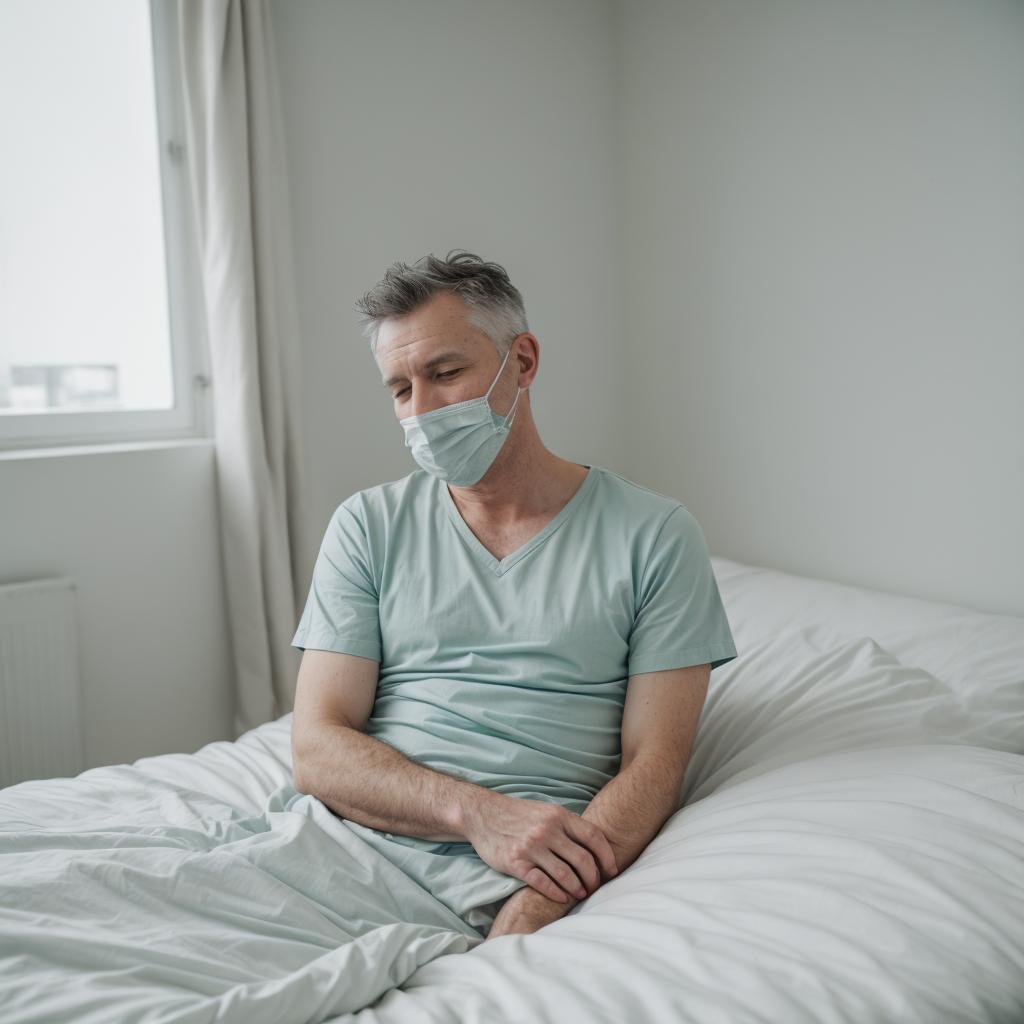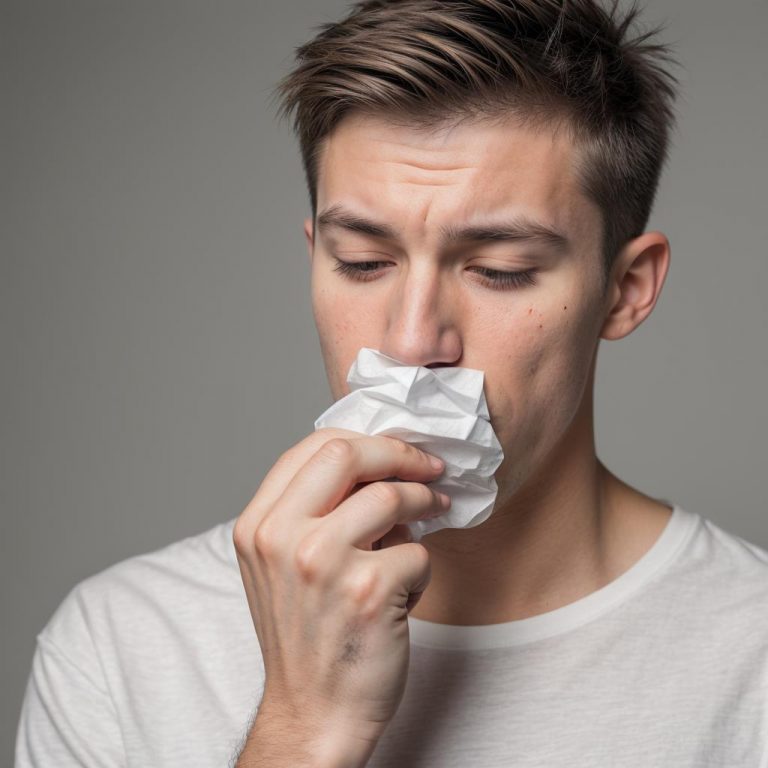
Pollen, often considered the bane of allergy sufferers, plays a significant role in triggering allergic reactions in many individuals.
As plants reproduce, they release pollen grains into the air, which can be carried for miles by the wind. While these tiny particles are essential for plant reproduction, they can wreak havoc on the respiratory systems of those with allergies.

Understanding pollen
Pollen is a powdery substance produced by flowering plants, trees, grasses, and weeds. Its primary purpose is to fertilize other plants of the same species by being transported from the male reproductive organs (anthers) of one flower to the female reproductive organs (stigma) of another. This process is crucial for the continuation of plant life and the production of fruits, vegetables, and grains.
Allergic reactions to pollen
For some individuals, exposure to pollen can trigger allergic reactions, commonly referred to as hay fever or allergic rhinitis. When a person with pollen allergies inhales pollen particles, their immune system perceives the pollen as a threat and releases histamines to defend against it. This immune response leads to various symptoms, including sneezing, congestion, runny nose, itchy eyes, and throat irritation.
Pollen seasons
Pollen levels fluctuate throughout the year, with different plants releasing pollen at various times. In the spring, trees such as oak, birch, and cedar are major pollen contributors. Grass pollen becomes more prevalent in late spring and early summer, while weed pollen, including ragweed, sagebrush, and pigweed, peaks in late summer and early fall. Understanding the pollen seasons can help allergy sufferers prepare and manage their symptoms more effectively.
Managing pollen allergies
While it may be impossible to completely avoid pollen exposure, several strategies can help minimize allergic reactions:
Monitor pollen counts:
Stay informed about local pollen forecasts and try to limit outdoor activities on high pollen days.
Keep windows closed:
Keep windows and doors closed during peak pollen seasons to prevent pollen from entering your home.
Use air filtration systems:
Consider using air purifiers with HEPA filters to trap pollen particles indoors.
Practice good hygiene:
Shower and change clothes after spending time outdoors to remove pollen from your skin and clothing.
Consult an allergist:
If over-the-counter medications are not providing relief, consult an allergist for personalized treatment options, such as allergy shots or prescription medications.
While pollen allergies can be bothersome, understanding the relationship between pollen and allergic reactions is the first step towards effective management. By implementing preventive measures and seeking appropriate medical treatment, individuals can minimize the impact of pollen on their daily lives and enjoy the beauty of the outdoors without constant discomfort.



